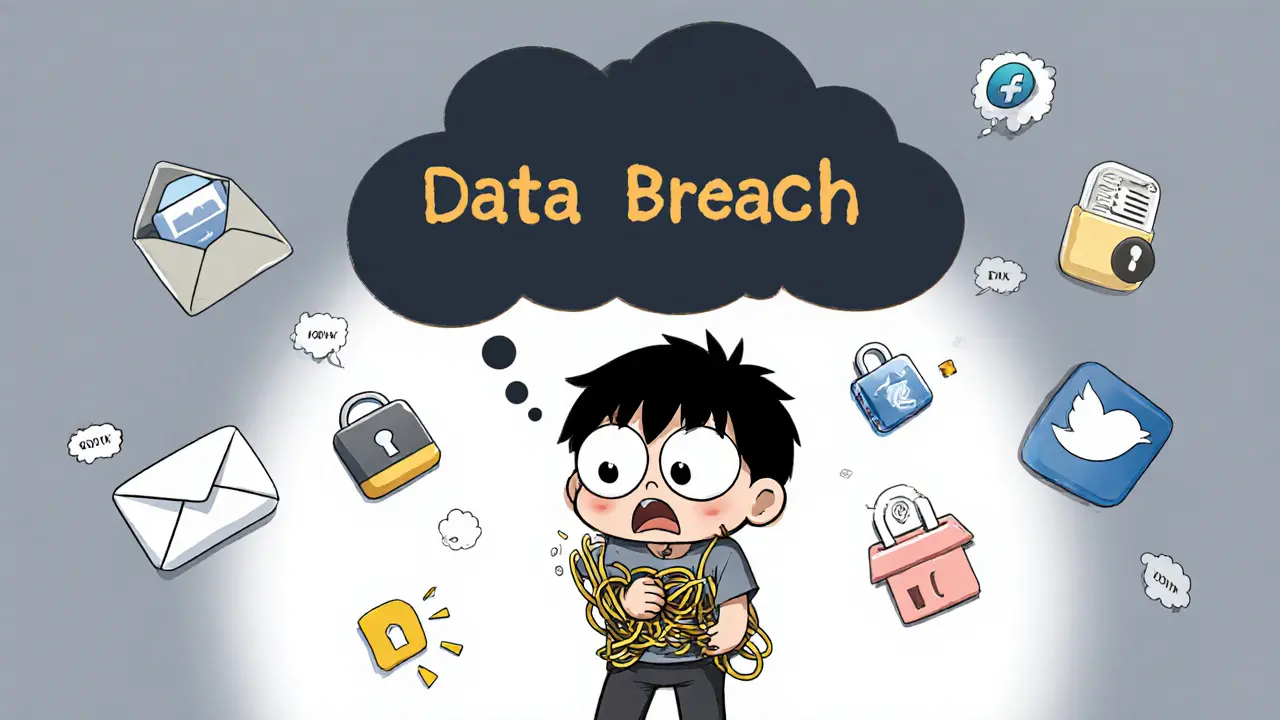Self‑Sovereign Identity Explained – Your Guide to User‑Controlled Digital IDs
When working with self‑sovereign identity, a framework that gives individuals full ownership of their digital credentials. Also known as SSI, it lets you prove who you are without handing your data to a third party. The backbone of SSI is the decentralized identifier, a cryptographic ID recorded on a blockchain that points to your personal data. People often call it a DID. Alongside DIDs come verifiable credential, a tamper‑proof claim about you, like a driver’s license or university degree, signed by the issuer. This credential can be stored, presented, and checked automatically.
Why Self‑Sovereign Identity Matters
Self‑sovereign identity requires a digital wallet, software that lets you keep DIDs and verifiable credentials on your device. The wallet becomes your personal key‑ring, protecting privacy while enabling seamless sharing. Because the wallet talks directly to the blockchain, you get immutable proof of ownership and revocation capabilities. This setup improves privacy, since you only reveal the exact attribute needed for a transaction, and cuts down on data breaches that plague centralized databases.
The impact spreads across many sectors. Financial services can replace costly KYC checks with SSI‑based verification, letting users onboard in seconds while regulators still see a clear audit trail. Healthcare providers can share patient records securely, and travel agencies can issue vaccine passports as verifiable credentials. All of these use cases rely on the same semantic chain: SSI encompasses DIDs, DIDs enable verifiable credentials, and verifiable credentials are managed by digital wallets. Blockchain technology supplies the trust layer, while zero‑knowledge proofs keep personal data hidden from prying eyes.
Below you’ll find a curated set of articles that dive deeper into every piece of this puzzle. We cover real‑world guides on building SSI‑ready wallets, dissect the regulatory landscape around digital identity, compare platforms that issue verifiable credentials, and show how blockchain‑based AML tools fit into the picture. Whether you’re a developer, a compliance officer, or just curious about taking control of your online persona, the posts ahead give you practical steps, clear examples, and up‑to‑date market insights. Let’s explore the world of self‑sovereign identity together.

